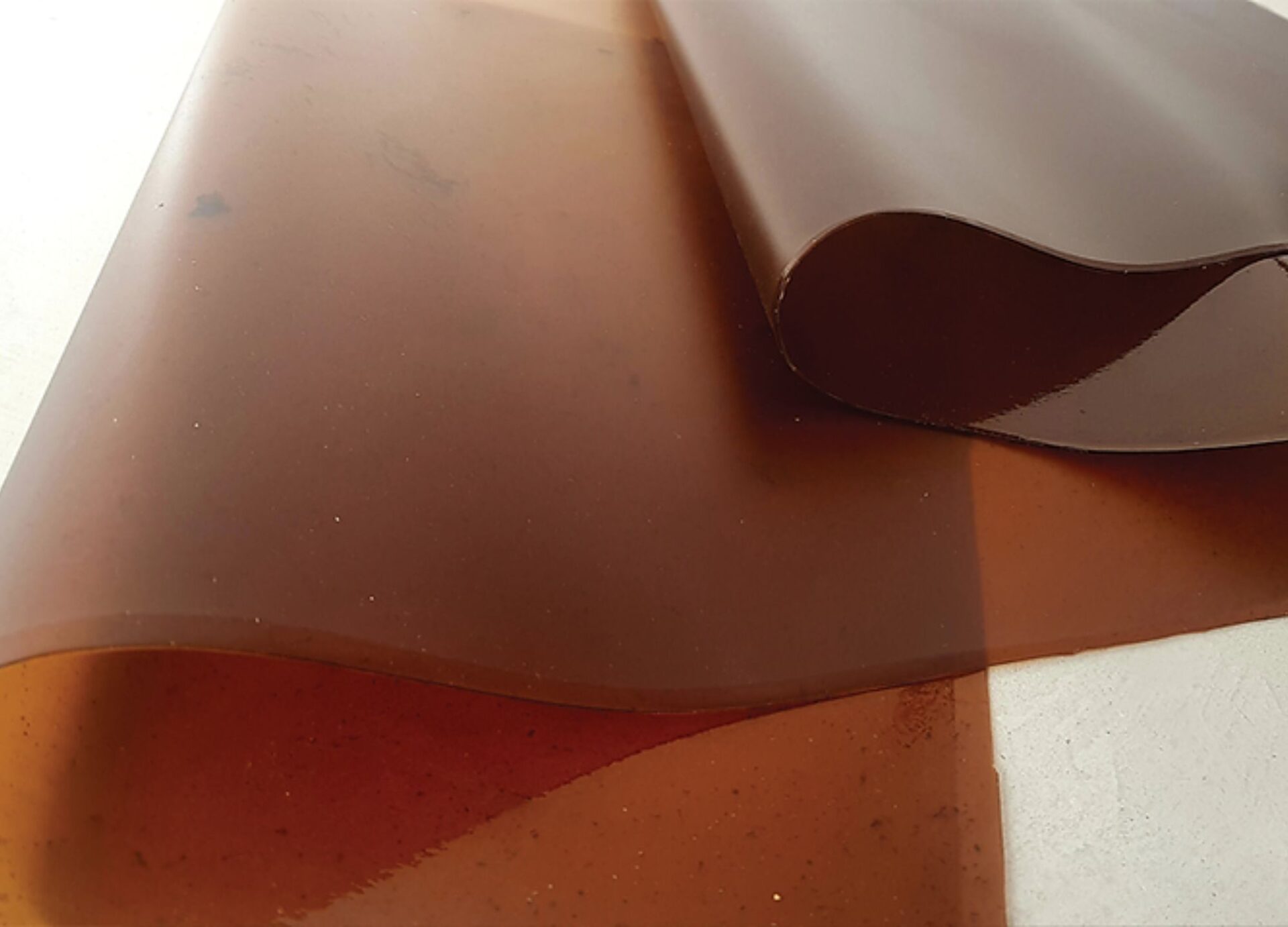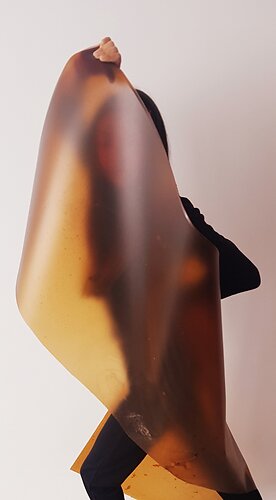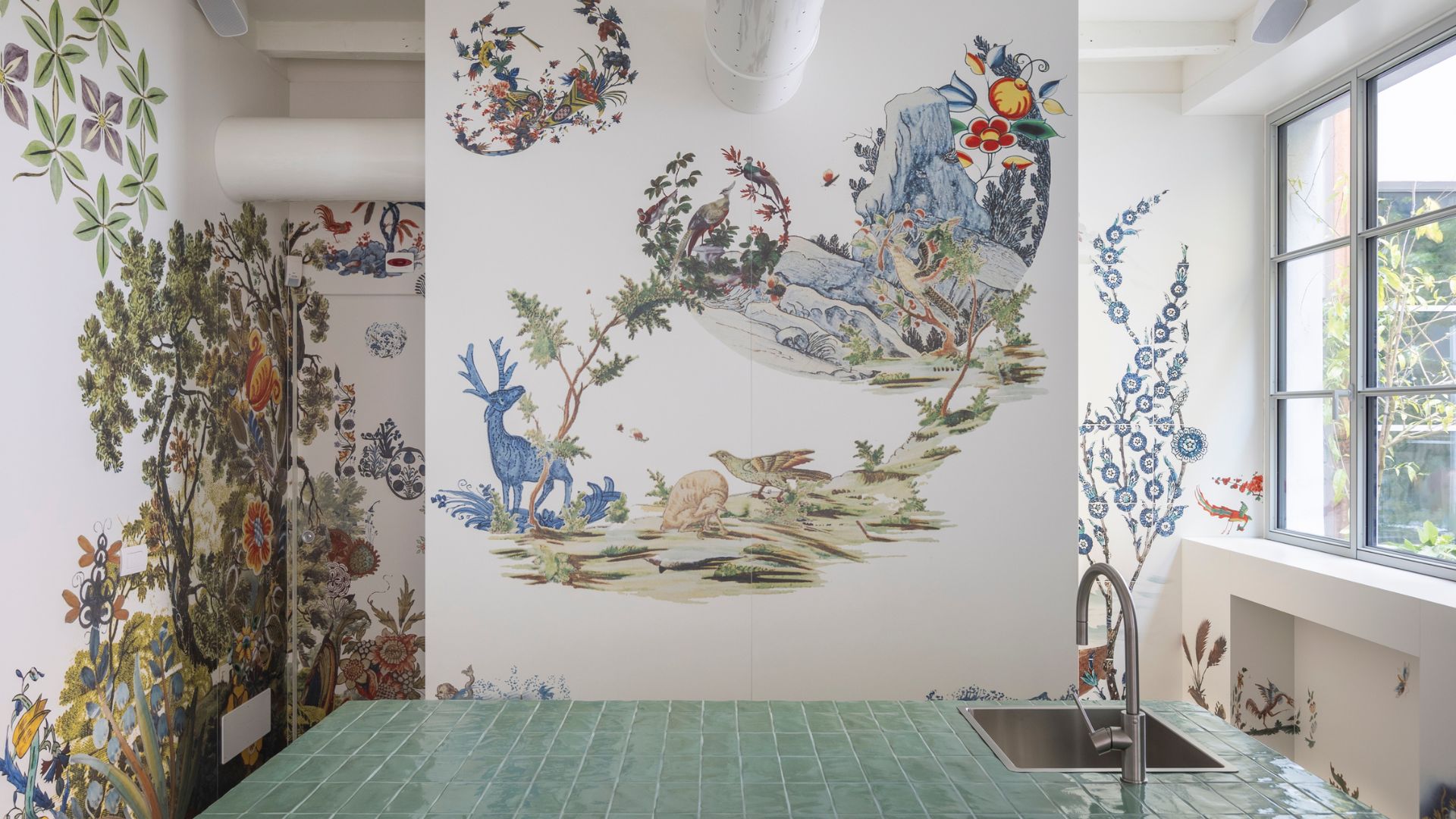Kajkao: a sustainable, biodegradable material from cocoa
Born from the idea of an Italian-Ecuadorian team of designers, Kajkao project is aiming at adding value to the cocoa production chain and contribute to the development of local cocoa farmers in Ecuador

The Kajkao material was born from a design and science-focused approach. Here is the story on its origins, properties and potential applications.
Chocolate is probably one of the most popular and beloved inventions in history. Although cocoa has been widely known and used since ancient times by the indigenous populations in the region of Mesoamerica, the massive exploitation of this resource started in the 18th century as the invention of the steam engine allowed the fast production of commercial grade chocolate bars.

In the roughly simple manufacturing process still based on a linear production chain, around 50% of the harvested cocoa pod is used to make chocolate, while the rest goes to waste.
Starting from this data, and willing to transform a linear production system into a circular one, Kajkao’s team has embarked on a mission to develop new biodegradable, compostable and sustainable materials using agricultural waste from cocoa crops.
Cocoa was indeed once so valuable, that it was actually often used as a currency!

What are the properties of Kajkao?
Chocolate is the result of fine processing and machining of seeds from the cocoa fruit, which is made of different parts, such as a distinctively rough outer skin, an inner white pulp and finally the brown, bitter cocoa beans that get through a fermentation process before being roasted, grounded and milled, eventually constituting the base of the cocoa paste and powder.
Actually, almost 12% of the cocoa fruit is represented by the outer shell and its husk, which usually gets discarded during the transformation process.

Nevertheless, these parts together with the cocoa beans’ shells are substantially made of vegetal fibers and thus have interesting thermal and mechanical properties suitable for different applications.
Kajkao has experimented (and is still developing) new methods to integrate such waste in new environmentally conscious materials, which would save the raw material from damping or incineration.
The cocoa beans’ shells have been used to produce panels with thermo-acoustic and insulating features, suitable for construction and architecture. The panels resulting from agglomerated solid waste obtained from cocoa crops are lightweight, with densities ranging from 200 – to 475 kg/m3 depending on the grain size, and can be easily cut and joined with standard tools already in use in the sector.

Moreover, Kajkao developed a method to produce bioplastic sheets with interesting aesthetics and properties, such as a smooth or textured surface to the touch, light transparency, a semi-matt or glossy appearance. With a flexural modulus in the range of 45-110 MPa, these bioplastic sheets produced in rolls can be cut or thermoformed.
Another field of interest is that of a plant-based alternative to leather, that has been 100% handmade manufactured without the use of color additives or dyes.

What are the production challenges?
Despite the challenges in terms of biotechnology needed to generate complex chemical processes under room temperature, the team has proven the feasibility of processing these raw resources for manufacturing new products.
Still, the materials are presently in a prototype phase and Kajkao’s team is currently exploring further development of their products and technologies by partnering with other companies, thus targetting larger scale production and global availability.

Kajkao’s applications
Fields of applications for these materials are very wide and include building, architecture, furniture design but also the packaging, textile and fashion industries.
The look & feel of each material is also very inspirational and enhances the creativity of designers willing to explore each of the interesting properties we mentioned above within their own projects.
From a social point of view, supporting the use of such resources will also improve the quality of life for cocoa farmers in Ecuador, by creating new business opportunities and providing another stream of income.
















